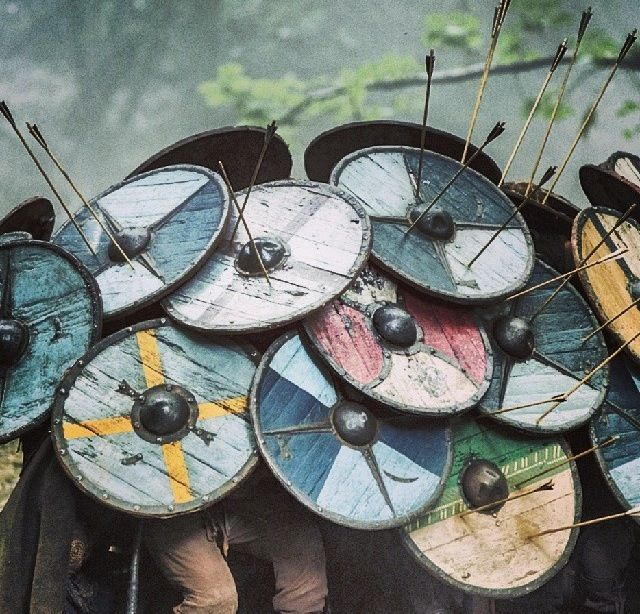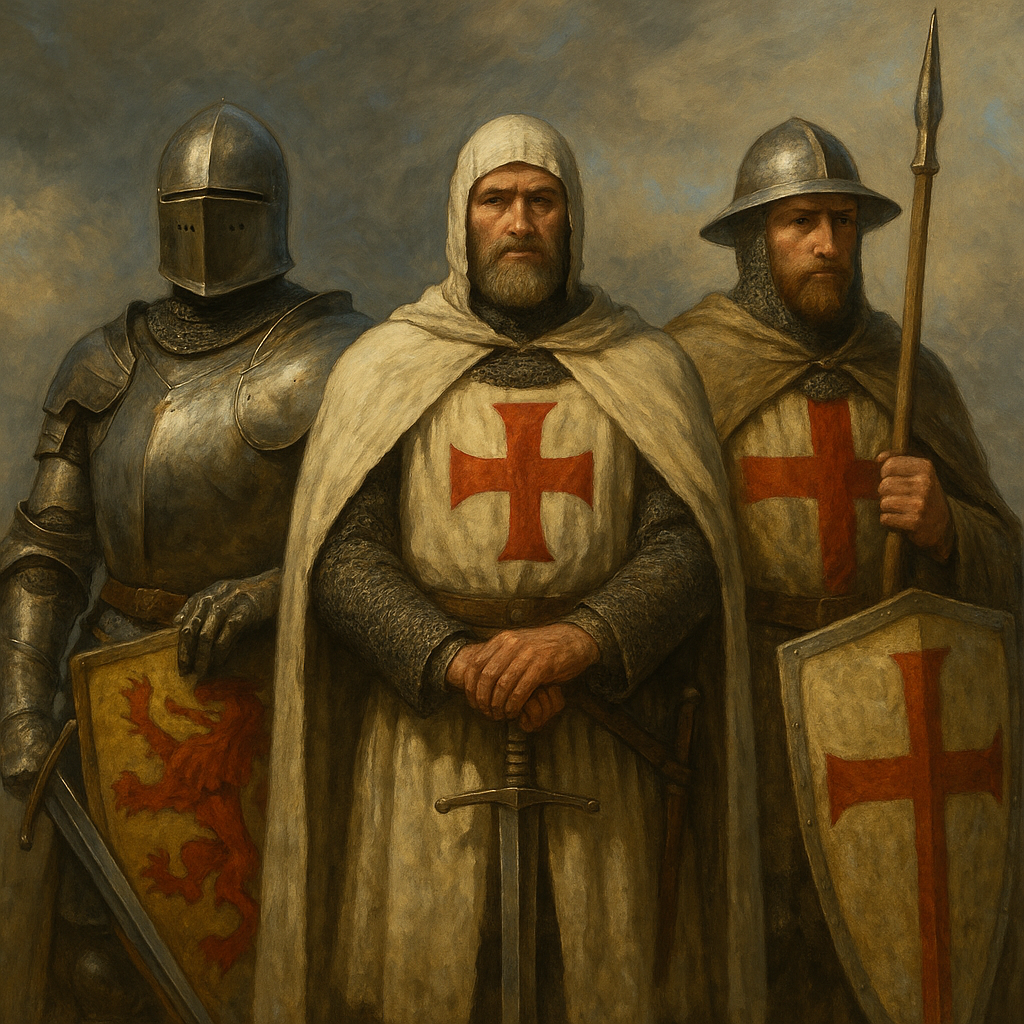For centuries, Viking helmets have captured the collective imagination, becoming a recognizable symbol in films, TV series, and reenactment festivals. But what's true about the image of the Viking with horns on his head? What did these helmets really look like?
Join us on this journey through the history and evolution of Viking helmets, from the earliest archaeological finds to modern distortion, to find out.

Viking Helmets : Fact or Fiction?
One of the most widespread images of the Viking world is that of the warrior with a helmet with large horns. However, this representation is a modern myth, popularized in the 19th century by theatrical sets and romantic plays. Real Vikings never wore horned helmets in battle: they would have been impractical, dangerous, and not aerodynamic.
Where does the myth come from?
The image of the horned helmet became popular thanks to Richard Wagner's opera The Ring of the Nibelung (premiered in 1876), whose costumes included decorated helmets. From there, popular culture appropriated the icon and expanded it into comics, films, and video games.

Authentic Viking helmets: rare but revealing
The Gjermundbu helmet (Norway)
The Gjermundbu helmet is the only complete example ever found and is considered the most representative model of the Viking period. It was discovered in 1943 in a warrior's grave in Norway and dates back to the 10th century.
This helmet is composed of the following parts:
- Spherical shell: formed by four riveted iron sections.
- Nose ring: to protect the nose without limiting vision.
- Metal band around the head, which reinforces the structure.
- No horns or ostentatious decorations, designed solely for combat functionality.
This find confirms that Viking helmets were simple, practical, and designed for protection, not ostentation.

Evolution and styles of Viking helmets
Although archaeological records are limited, researchers have been able to reconstruct how these helmets evolved over time.
Below we present the main styles:
Helmets with eye shields (Vendel helmet style)

Before the Viking Age (6th-8th centuries), more elaborate ceremonial helmets existed in Scandinavia, such as those found in the Vendel and Valsgärde graves in Sweden.
They were ornate helmets, with full face masks and engravings.
They included details such as bronze eyebrows, eye protectors, and even animal representations. These were not ordinary war helmets, but symbols of aristocratic and religious status.
This style gave way to the more functional design of the Viking Age.
(Image of Viking Helmet Valsgärde 8 )

Spangenhelm style
One of the most common types in the Viking period was the spangenhelm, a form of helmet with an iron frame reinforced by metal bands (spangen) and often supplemented with bronze or iron plates.
It originated in late antiquity, but continued to be used in the Middle Ages.
Helmets of this style could have additional facial protection, such as visors or nose pieces, and were often combined with chainmail caps to protect the neck.
This type of helmet was popular due to its easy manufacture and durability.
(Image of Viking Spangenhelm )
Materials and manufacturing
Viking helmets were forged primarily from iron, an expensive and difficult material to work with, so only elite warriors or clan chiefs could afford them. Most Viking warriors didn't wear helmets at all, relying on wooden shields, chain mail, or simply their agility.
The inside of the helmet was often lined with leather or wool to cushion blows.
Viking craftsmen used riveting, forging, and welding techniques to join pieces together.
Some helmets had limited decorative elements: metal finials, engraved strips or simple crosses.

Function and symbolism
Beyond its defensive use, the Viking helmet also had a symbolic component:
- It was a symbol of social status and wealth. A warrior wearing a full helmet was clearly a powerful or respected individual.
- Some helmets were buried with their owner as part of the funeral ritual, which underlines their cultural value.
Viking helmet in popular culture
From cartoons to video games like Assassin's Creed: Valhalla , horned Viking helmets remain a compelling, if historically inaccurate, visual device. However, this mythical image has had a silver lining: it has served as a gateway to real history for many fans and curious observers.









